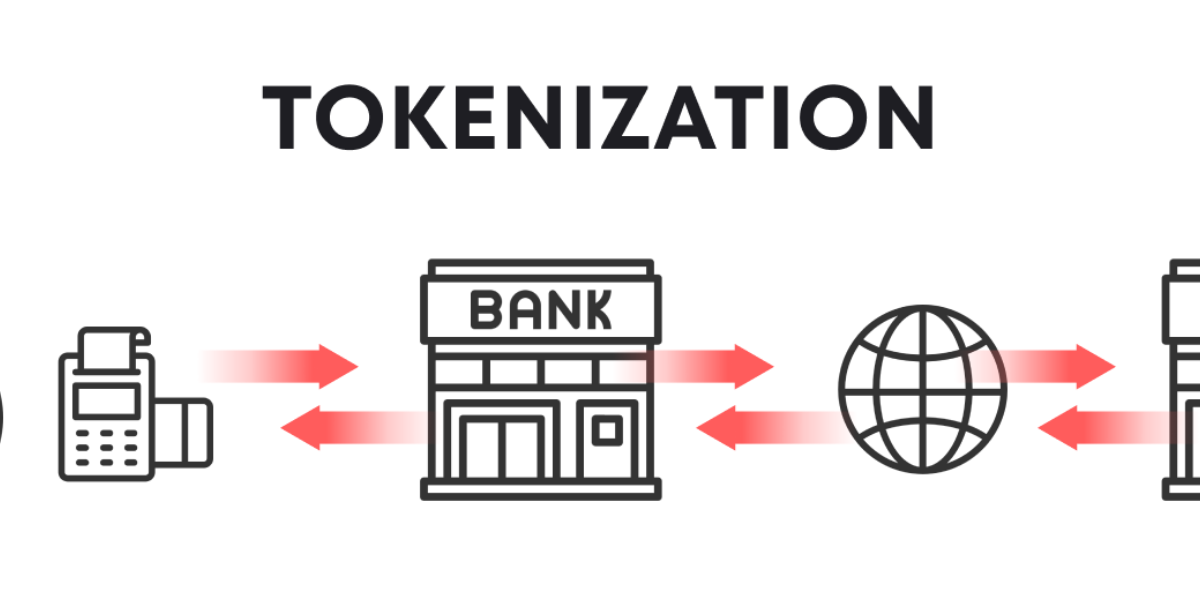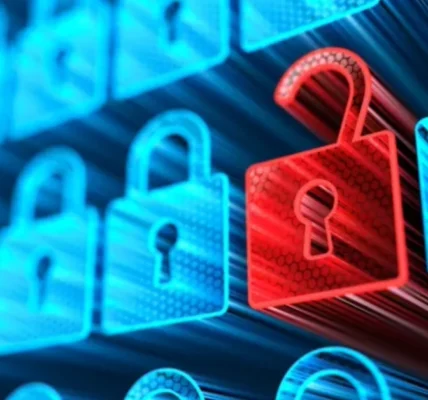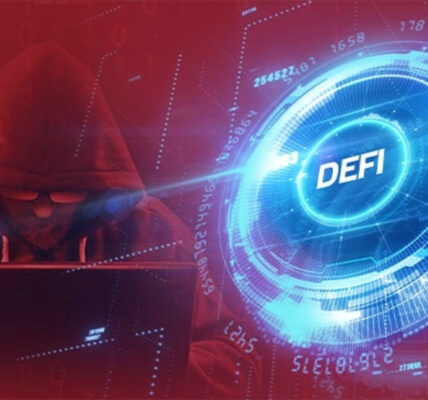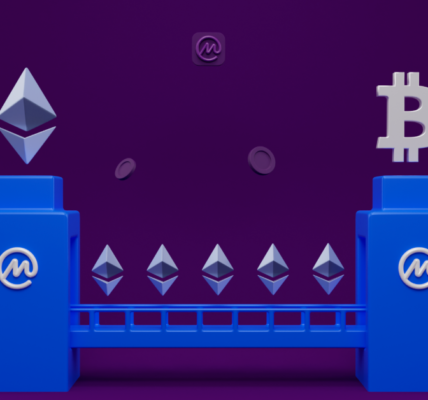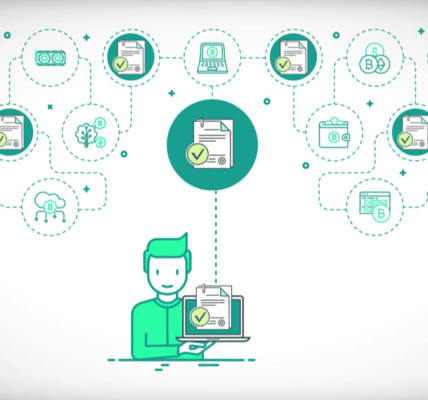The financial landscape is undergoing a significant transformation, driven by the rise of blockchain technology and decentralized finance (DeFi). One of the most exciting developments in this space is the tokenization of real-world assets (RWAs). Tokenization refers to the process of converting physical or tangible assets, such as real estate, commodities, or even works of art, into digital tokens that can be traded, transferred, or stored on a blockchain. This process offers a range of benefits that have the potential to revolutionize the way we think about ownership, investing, and financial markets.
In this article, we will explore why tokenization of real-world assets is poised to become the future of finance, examining the benefits, challenges, and potential applications of tokenized assets in various industries.
Unlocking Liquidity with Tokenization
One of the most compelling reasons why tokenization is seen as the future of finance is its ability to unlock liquidity in traditionally illiquid markets. Real-world assets, such as real estate, private equity, or rare collectibles, have historically been difficult to buy, sell, or trade due to factors like high transaction costs, long settlement periods, and limited access to markets.
By tokenizing these assets, they can be broken down into smaller, more tradable units. This enables fractional ownership, where investors can own a fraction of an asset, rather than being forced to buy the entire asset. For example, instead of needing millions of dollars to purchase an entire building, investors could buy digital tokens representing a portion of the property, allowing them to invest in high-value assets with much smaller amounts of capital.
This fractional ownership also opens up opportunities for a broader range of investors, including those who may have previously been excluded from certain markets due to high entry barriers. Tokenization democratizes access to high-value assets, creating a more inclusive and accessible investment landscape.
Enhanced Transparency and Security
Blockchain technology, which underpins tokenization, provides a level of transparency and security that traditional financial systems cannot match. When an asset is tokenized, the ownership and transaction history are recorded on the blockchain, making it virtually impossible to alter or tamper with the data. This transparency ensures that investors can verify the authenticity and ownership of the assets they are buying and selling.
Moreover, blockchain’s decentralized nature eliminates the need for intermediaries such as banks, brokers, or notaries. Transactions are settled directly between parties, reducing the risk of fraud or errors that can occur when relying on traditional intermediaries. The use of smart contracts—self-executing contracts with predefined terms—further enhances security by automating processes and reducing the need for manual intervention.
For example, in the case of tokenized real estate, smart contracts can automatically execute the transfer of ownership when certain conditions are met, such as the payment of the agreed-upon amount. This reduces the potential for disputes or delays in the transaction process.
Increased Efficiency and Lower Costs
The tokenization of real-world assets can significantly reduce the costs and time associated with traditional asset transfers. In traditional finance, buying, selling, or transferring an asset often involves multiple intermediaries, each charging fees for their services. Tokenization eliminates the need for many of these intermediaries, which reduces transaction costs and improves the overall efficiency of the process.
Furthermore, tokenized assets can be transferred almost instantly, regardless of geographic location. This is a stark contrast to traditional markets, where asset transfers can take days or even weeks to complete due to the reliance on physical paperwork and intermediaries. The ability to transfer ownership of assets quickly and cheaply can have far-reaching implications for global trade and investment.
Expanding Access to Global Markets
One of the key benefits of tokenization is its potential to expand access to global markets. Tokenized assets can be traded on decentralized platforms or exchanges, allowing investors from around the world to buy and sell assets without the need for traditional financial institutions or borders. This global access opens up opportunities for investors in emerging markets who may have limited access to traditional investment vehicles.
Moreover, tokenization enables 24/7 trading, unlike traditional markets, which are typically limited by market hours. This continuous access to markets can lead to greater price discovery and increased market efficiency, as investors can respond to news and events in real time, without having to wait for the market to open the next day.
Tokenization of Real Estate
Real estate is one of the most significant areas where tokenization is poised to make a major impact. The real estate market is one of the largest asset classes in the world, but it is also one of the most illiquid. Buying and selling real estate typically involves a lengthy process with high transaction costs, including agent fees, taxes, and legal expenses.
Tokenization can simplify this process by allowing fractional ownership and enabling the buying and selling of real estate in digital form. Real estate developers can issue tokens representing ownership in a property or project, allowing investors to purchase a share of the asset. This makes real estate investment more accessible to a wider range of people, even those without significant capital.
Additionally, tokenization enables real-time pricing and transparency in real estate markets, which can reduce the potential for fraud and misinformation. Investors can track the value of their tokenized assets through the blockchain, and smart contracts can ensure that transactions are executed securely and efficiently.
Tokenization of Commodities
Commodities such as gold, oil, and agricultural products have long been popular investment vehicles, but they can also be difficult to trade or store. Tokenization offers a solution by allowing investors to purchase tokens representing ownership in a physical commodity, which can be traded or stored on a blockchain.
For example, tokenized gold allows investors to buy and sell fractional shares of gold without needing to physically store or transfer the precious metal. This lowers the barrier to entry for commodity investment and increases the liquidity of these markets. Similarly, tokenizing oil or agricultural products can streamline trading and reduce the costs associated with commodity investment.
Tokenization of Art and Collectibles
The art and collectibles market is another area where tokenization has the potential to disrupt traditional finance. High-value works of art or rare collectibles, such as vintage cars or baseball cards, are often out of reach for most investors due to their high prices. Tokenization allows these assets to be divided into smaller, more affordable units, enabling fractional ownership.
By tokenizing art, for example, investors can own a share of a painting or sculpture, allowing them to participate in the appreciation of the asset’s value without needing to purchase the entire piece. This opens up the art market to a new class of investors, while also increasing liquidity and transparency in the space.
The Challenges of Tokenization
While the tokenization of real-world assets offers many advantages, it also presents several challenges that need to be addressed. One of the main challenges is regulatory uncertainty. Since tokenized assets are still relatively new, there is a lack of clear regulatory frameworks governing their use. This creates risks for both investors and developers, as the legal status of tokenized assets may vary depending on jurisdiction.
Another challenge is the integration of physical assets with blockchain technology. For example, tokenizing real estate requires a reliable method of verifying ownership and ensuring that the asset exists in the physical world. This can be particularly complex for assets that are not easily digitized, such as commodities or art.
Additionally, the security of tokenized assets is a concern. While blockchain technology offers enhanced security compared to traditional systems, it is still vulnerable to hacks and other security threats. Smart contracts, while powerful, can also contain vulnerabilities that can be exploited by malicious actors.
Conclusion
The tokenization of real-world assets is undoubtedly one of the most promising developments in the world of finance. By unlocking liquidity, increasing transparency, and lowering costs, tokenization has the potential to revolutionize the way we invest in and trade assets. From real estate to commodities and art, tokenization is democratizing access to high-value assets, allowing a broader range of investors to participate in markets that were once exclusive to the wealthy few.
However, for tokenization to reach its full potential, there are still challenges to overcome, particularly in terms of regulation, security, and asset verification. As blockchain technology continues to evolve and regulatory frameworks develop, tokenization is likely to become an integral part of the financial ecosystem, reshaping the way we think about ownership and investment in the years to come.
The future of finance is undoubtedly decentralized, and tokenization is a key piece of that future, enabling more efficient, transparent, and accessible markets for everyone.
